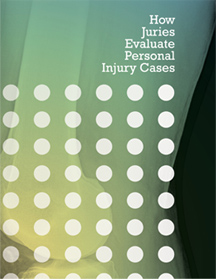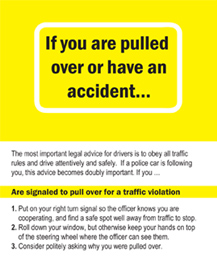Discovery Checklist
Your personal injury lawyer will investigate things about your lawsuit in a variety of ways. One of these is the pre-trial phase of a lawsuit called “discovery.” In discovery, lawyers can request documents and other evidence from the other parties. The typical discovery methods include depositions, interrogatories, requests for admissions, document production requests, and requests for inspection.
The following checklist shows some of the things that a personal injury lawyer might do in the discovery phase of your car accident lawsuit.
Discovery checklist
1. Obtain copies of:
- (a) the police report.
(b) notes developed by your insurance carrier during the preliminary investigation of the accident.
(c) statements you gave to your insurance carrier or to any other person.
(d) newspaper accounts of the car accident.
(e) videotapes of television news coverage of the car accident.
(f) medical records generated during your treatment or that of any other person involved in the car accident.
(g) reports of emergency medical personnel, ambulance drivers, or other medical personnel who responded to the scene of the car accident.
2. Develop all undocumented information by interviewing any persons other than you with personal knowledge of the incident, including:
- (a) any witnesses to the accident.
(b) any passengers in your car.
(c) any representatives of the towing service or repair company who may have made observations of the cars immediately after the accident.
3. Send out an initial set of interrogatories and a request for production to the defendant(s) in order to acquire a knowledge of the facts of the accident, as perceived by the opposing party.
4. Once responses to initial interrogatories and requests for production are received, examine them for any additional documents identified and send out requests for these.
5. Have you sign an authorization to release medical records, police reports, or any other documents that your attorney may need to complete the investigation.
6. Consider all witnesses to the accident or other persons having personal knowledge of facts or events to develop a deposition list.
7. Prepare a list of experts who will be able to document your damages, and include in it:
- (a) medical witnesses.
(b) rehabilitation specialists.
(c) vocational or occupational specialists.
(d) economists.
8. Identify any particular information that is harmful to your case and begin to develop a strategy for shielding this information from discovery.
9. Conduct necessary research where appropriate and, if the information cannot be shielded, develop the least harmful theme with which to present it.



